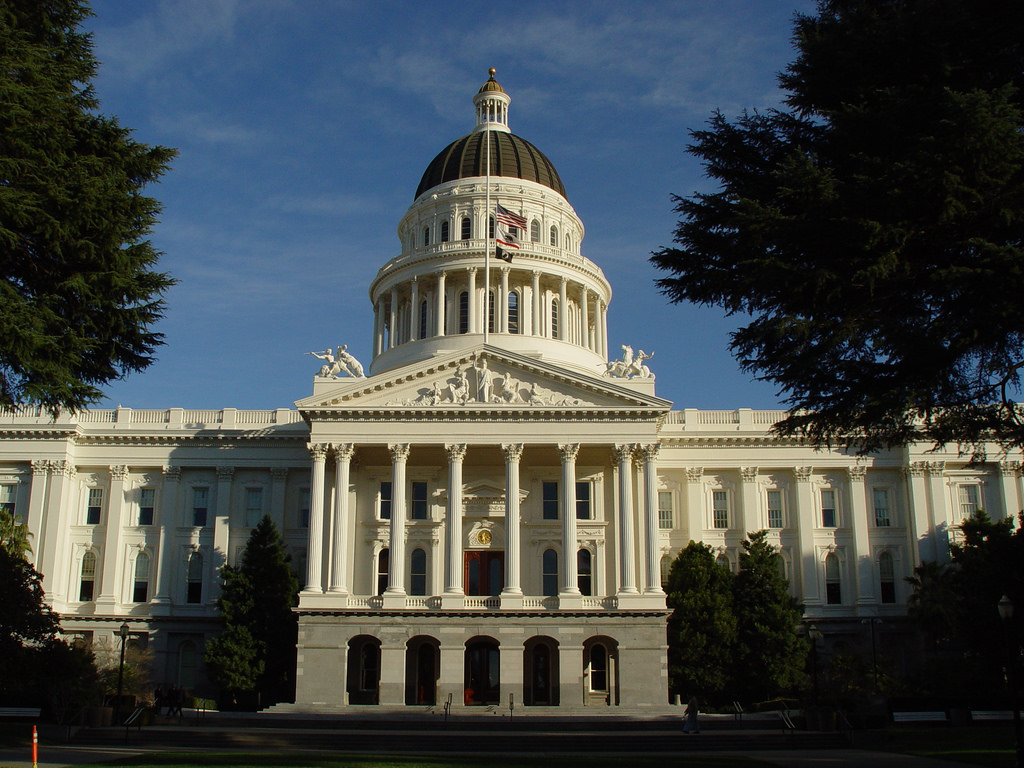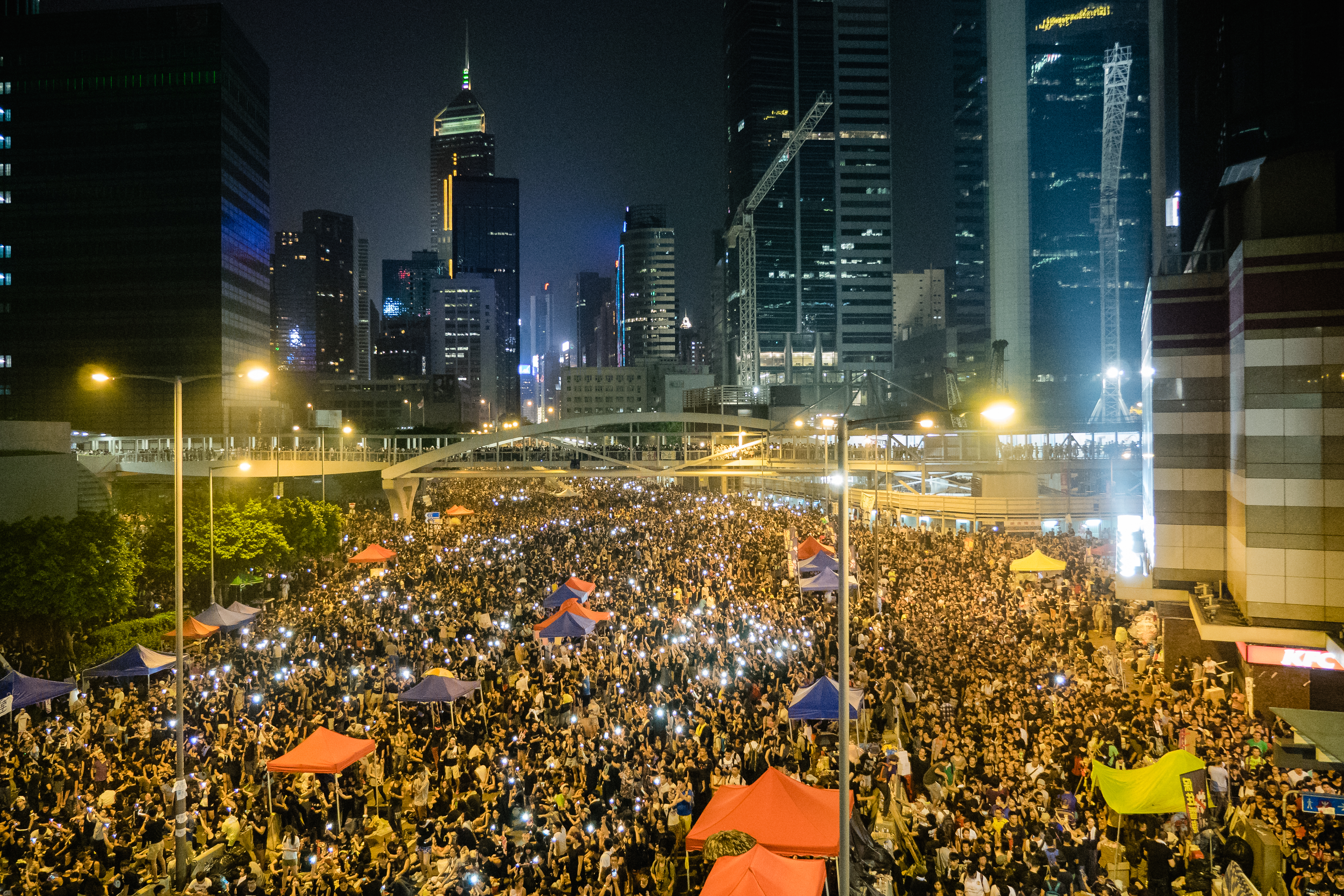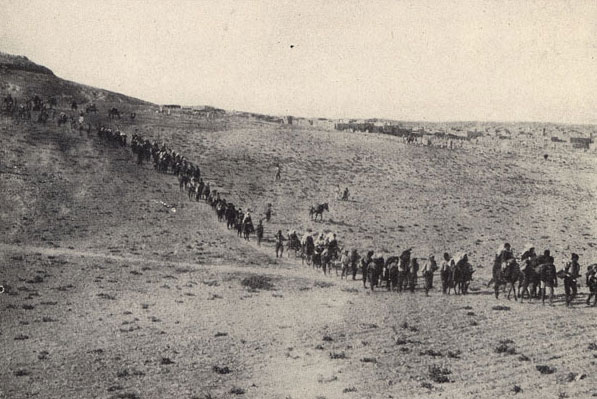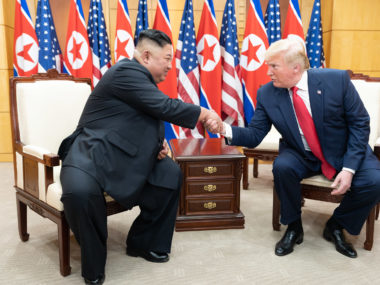By Erica Chenoweth for Denver Dialogues.

It was a nasty scene on Saturday in Sacramento. As about 30 white nationalist protestors showed up to hold a noon rally at the California State Capitol, about 400 counterprotesters were already in position with signs condemning the “racist Nazis.” Although the precise sequence of events is hazy, the protestors and counterprotestors soon attacked one another. Punching, kicking, and stabbing ensued. In a video posted on ABC journalist Frances Wang’s Twitter feed, the scene is truly chaotic, with pitched street fighting between protestors, counterprotestors, and police. In one graphic moment, a protestor swings a flagpole like a baseball bat, striking someone in the back of the head and (seemingly) knocking him unconscious. Allegedly up to 10 people were stabbed during the confrontation.
The Traditionalist Worker Party is described as a right-wing extremist group on the Southern Poverty Law Center’s website, in part related to its views that the “white race” is under siege by the American establishment and all of the United States’ legal, cultural, and economic institutions. The narrative that white people are under attack in the United States and that groups must emerge for advocacy and self-defense of the white race is a dangerous one; it tends to identify both the government and racial and ethnic minorities as enemies of white people. As I mentioned last week, words that crystallize exclusivist in- and out-groups can kill.
The counterprotestors appeared to involve a number of individuals often associated with leftist mobilization and actions. The United States is becoming increasingly accustomed to seeing counterprotests alongside protests, on both the right and the left. In this case, the counterprotestors saw it as necessary to shut down any opportunity for a white nationalist group to use a legal platform from which to express its views in public. Indeed, from the news on this episode, the primary victims of the violence wrought in Sacramento were the counterprotestors.
But my guess is that from the general public’s perspective, it’s the counterprotestors—not the white nationalist protestors—that will get the blame for this chaotic outcome. Why?
From social psychology, we know that generally, publics tend to infer your intentions based not on what you say, but rather what you do. And in this case, the counterprotestors sent a lot of signals that they came for a fight. The counterprotestors greatly outnumbered the protestors by more than a 13 to 1 margin, and they appeared to attack the white nationalist protestors on sight. While the white nationalist group got a permit to protest, the counterprotestors did not. Moreover, many of the counterprotestors concealed their faces, avoiding identification by the media or police.
In this case, my guess is that the general public will tend to infer that whereas the protestors intended to express, the counterprotestors meant to provoke violence.
When people decide to counterprotest as a way to demonstrate the illegitimacy of a protest, the counterprotestors must go above and beyond to signal that their intentions are not to provoke but rather to contest and challenge the protestors’ narrative. This is irritating and unfair, but it’s the politically smart thing to do.
Some may argue that changing the political-social context or narrative isn’t really the goal of counterprotestors. Rather, provoking chaos itself has value as a form of political theater. Such episodes allow protestors and counterprotestors to perform grievances and conflicts that people otherwise ignore. They allow people to blow off steam and to express whatever it is they need to express. Moreover, many people employing provocative methods insist that because they can use them, they should use them, regardless of the potential political and social impacts.
The performative dimension notwithstanding, such actions also have consequences—even unintended ones. For instance, if the counterprotest had not occurred at all on Saturday, the Traditionalist Worker Party would probably not have gotten much further along that it already is. Although passers-by at the California State Capitol would have heard some despicable speech by a fringe right-wing group, the rest of the world would have done the same thing they always do when 30 people gather together for a legal protest on the steps of a state capitol: they ignore it.
Instead of contesting or shutting down the voices of the white nationalist group, the political result of Saturday’s counterprotest is that the counterprotestors drew national media attention to them, gave a known extremist group further evidence to claim its victimhood, confused public perceptions about who is to blame for the chaos, and got a lot of people hurt.
A variety of other methods of counterprotest are far more effective than the street fighting methods employed on Saturday. So I’d say that the events in Sacramento provide a good example of how not to engage in counterprotest. Should they decide to mobilize against hateful or racist speech, counterprotestors should feel free to contest and challenge that speech and the systems that support it. But they do no service to the cause by picking fights just because they can.







1 comment
This article reasonably assumes that both the supposed neo-Nazis and the anti-fascists were trying to influence public opinion. However, I think that is probably not the case; I think they were engaged in preliminary tribal combat. Recent events (and some not so recent) show that the elites of the US and related countries are out of touch and unconcerned with the condition of most of the people. Perhaps they are incompetent. Meanwhile, the rich grow richer and the poor grow poorer. The end of this process can be predicted from the findings of the Ultimatum Game (https://en.wikipedia.org/wiki/Ultimatum_game). We can observe them in the apparent nihilism of the Leave and Trump votes. But some have moved on from electoral politics, where once again the tribunes of the people seem to have sold out, to the next stage.